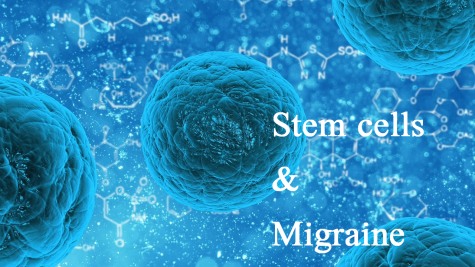Pioneering Stem Cell Research for Migraine
A study published earlier this year is raising questions about the use of stem cells for the treatment of migraine. Although the results weren’t spectacular, they do show promise. Let’s see why.
This was only a small open-label study. 9 people (8 women and 1 man) were enrolled. Stem cells were taken from the patient, tested for viability, and then injected into the temporalis, occipitalis, neck, and trapezius muscles.

Now, this is going to be one of those good-news-bad-news things, so bear with me.
Obviously this was just a small study. However, the good news is that 7 of the patients did see a decrease in their MIDAS score. MIDAS is a test designed to measure the disability caused by your migraine attacks (read more about MIDAS here). Scores decreased overall by almost 28%.
So that’s great news. However, for most of those patients, the improvement was fairly small. And for all of them, it was temporary (although the study only lasted three months).
For two of the patients, the improvement was quite significant.
But don’t worry, there is more good news. These were patients who generally had suffered with migraine for a long time, and had tried many other treatments. The mean age was 48, and the mean number of years with migraine was 16. They had all tried at least three preventative medications and also had tried onabotulinumtoxinA (Botox).
So these 9 patients were not the easy-to-treat kind. The fact that two saw significant improvement is important.
We’ve talked about stem cell research for migraine and headache before. If this treatment could help even a quarter of hard-to-treat patients, it would be a major breakthrough.
You can read the full study here: Stem Cells in the Treatment of Refractory Chronic Migraines
